Major Credit Card Processor
In their migration to the cloud, this Credit Card Processor turned full-service bank, decided to tackle the problem that many large firms face – achieving an integrated view of their customer.
We helped them define, semantically, what characteristics made someone a customer. It turned out that each part of the business had a different set of characteristics. One set of characteristics revolved around the kind of account you had with the firm. Certainly, if you have a credit card you are a customer. However, it also revolved around the kind of relationships. For instance, you might have an account. In some parts of business being a guarantor on an account makes you a customer, but in others, being a beneficiary is the distinguisher. Furthermore, non-financial accounts (e.g., access to your credit score, which involves no obligation on either party) were considered a customer in some parts of the firm and not others.
But the interesting differences of opinion came at the problem from two extremes. The marketing group felt that anyone we could contact was a customer. The KYC (Know Your Customer) group needed to have a much narrower definition of customer, as everyone that fit those criteria was subject to a rigorous due diligence process.
We were able to build simple formal models of all these definitions of customer. Later, we were able to show, based on attributes, properties, and types of accounts, how they were related to one another. By enabling the inherent capabilities in a semantic Ontology, the model could infer a given person or business into one of the many customer categories. As in “real life”, one person can simultaneously be considered a customer in many ways.
A set of Venn diagrams were built by our team to show how these sets visually overlapped and what that meant for their effort to unify their platform.
Contact Us:
Overcome integration debt with proven semantic solutions.
Contact Semantic Arts, the experts in data-centric transformation, today!
Address: Semantic Arts, Inc.
123 N College Avenue Suite 218
Fort Collins, CO 80524
Email: [email protected]
Phone: (970) 490-2224

